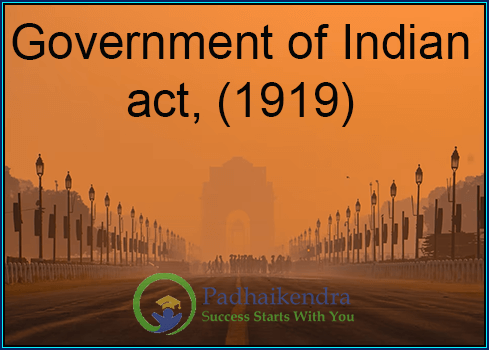The Government of India Act of 1919, also known as the Montagu-Chelmsford Reforms, was an act of the British Parliament that introduced significant changes to the governance of India.
The act established a new system of government in India, with the creation of a bicameral legislature consisting of an upper house (the Council of State) and a lower house (the Legislative Assembly). The majority of the members of the legislature were still appointed rather than elected, but the franchise was expanded to include a larger number of Indians, although it was still limited to certain classes and educational qualifications.
The Government of India Act of 1919 also introduced significant changes to the provincial governments, with the creation of elected provincial councils and the expansion of the provincial legislative councils. The act also established a new system of communal representation, with separate electorates for Muslims, Sikhs, and other minority communities.
One of the most significant changes introduced by the Government of India Act of 1919 was the transfer of some administrative powers from the central government to the provincial governments. This was intended to give Indians more control over their own affairs and to prepare them for eventual self-rule.
However, the act fell short of the expectations of many Indian nationalists, who had been hoping for more sweeping changes, including full self-rule. The act also maintained the ultimate authority of the British government over India and did not address many of the key concerns of Indian nationalists, including land reform and the removal of repressive laws.
Despite its limitations, the Government of India Act of 1919 was an important step towards Indian self-government and represented a significant concession by the British government to Indian demands for greater participation in their own governance. It paved the way for further constitutional reforms in India in the decades to come.

